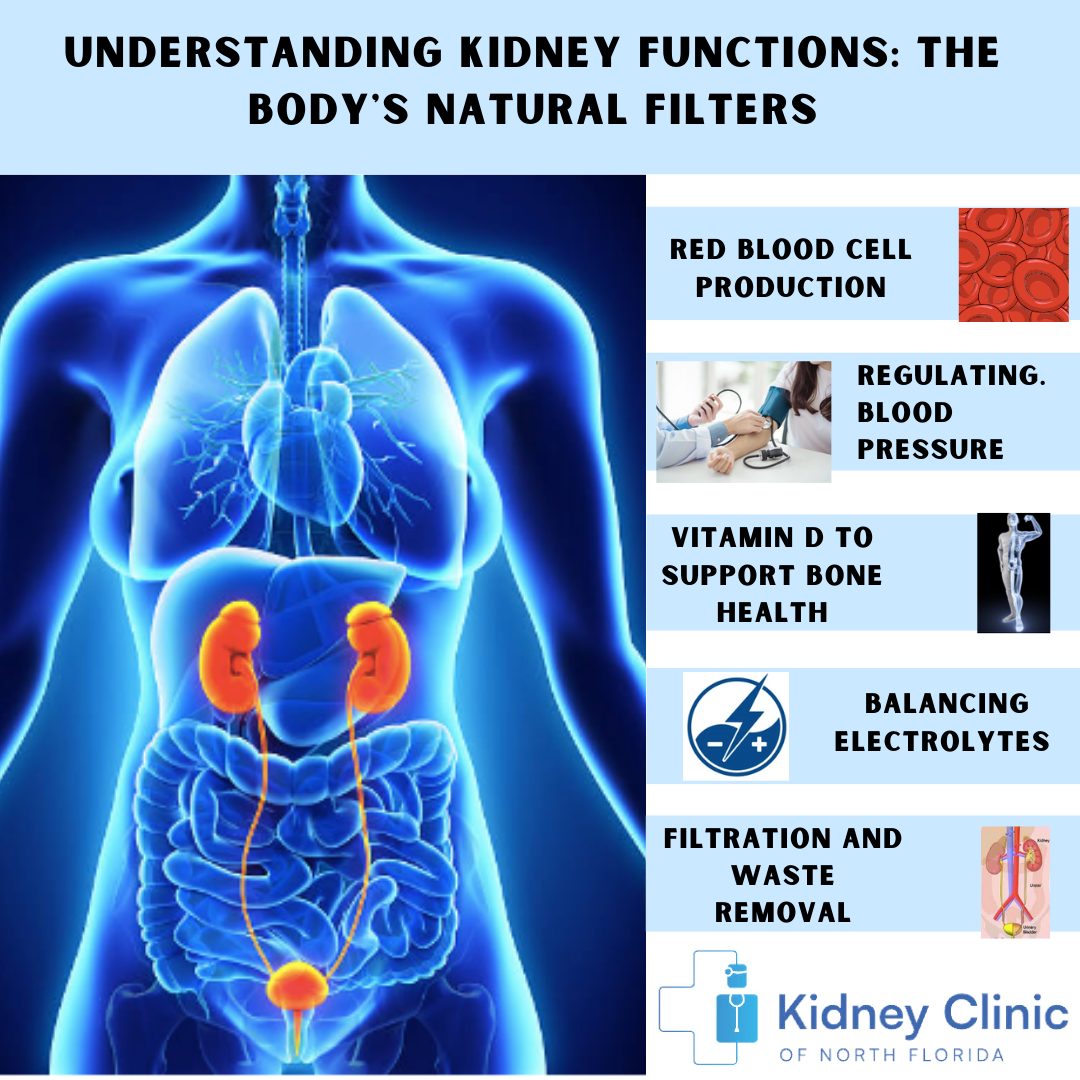Related Blogs
View All
When a patient’s kidneys weaken or fail, dialysis is a lifeline. Kidneys are the body’s filtering system, clearing the blood of waste, toxins, and built-up fluids. There are two basic methods to do this artificially. Are these procedures painful? The short answer is no, but discomfort and some minor pain points exist.
Chronic Kidney Disease (CKD) is the slow loss of kidney function. Early diagnosis can add years of living without dialysis. Diabetes and high blood pressure weaken the kidneys. Other conditions that contribute to loss of function include autoimmune diseases, genetic diseases, and acute kidney injuries.
The process of filtering the blood outside of the body is hemodialysis. Blood is drawn from the forearm and then sent to a mechanical device and filter. After filtering, the clean blood returns via a second tube. The filtering removes excess fluid and waste.
The patient’s lining of the abdomen (peritoneum) serves as a natural filter. With a catheter, dialysis solution is gently pumped into the abdomen. Waste and excess fluid move through the peritoneum walls. Then, the dialysis solution drains as part of the treatment.
New patients often worry that dialysis will be painful, but the reality is that pain rarely occurs. With the hours of filtering, most patients do not report pain. Technicians can minimize pain points with well-known precautions.
A surgically installed fistula, a graft, or a catheter allows access for dialysis. Placing one of these devices is a minor pain point, but with proper maintenance, they can stay in place between many treatments.
It is critical to maintain high standards of hygiene. Patients need to keep the access site dry and clean. Grafts tend to clot more. With fistulas and grafts, blood continues to flow correctly. Capping catheters between treatments allows for the reuse of the site. In all cases, following doctor’s orders is critical to avoid complications.
Patients will experience slight vibrations when blood flows during the procedure, which indicates good access. Many feel cold due to the cool air at treatment centers. Also, the blood mildly cools when circulating outside the body. Then, there will be a sensation of bloating.
Patients often experience a sensation of fullness due to the dialysis solution filling the abdomen. During the filling and draining, if the catheter pushes against the abdominal wall, some discomfort can result. There are several medical protocols to avoid distress.
Dialysis is a lifesaving procedure. The majority of patients have a positive feeling that they are doing the best for themselves and their families. The pain is minimal, and you can live many more years.
The Kidney Clinic of North Florida has experienced, friendly staff to make patients feel welcome and comfortable. Drs Gaurav Tandon, MD, and Vishesh Puri, MD, are specialists who have the experience and skills to ensure procedures align with the latest medically proven technology. Call today or complete the online contact form. They are anxious to serve your needs.
Related Blogs
View All

The Effects of Diabetes on Kidneys
Diabetes, a chronic condition characterized by high blood sugar levels, can lead to a host of complications if not managed […]
Read More

Understanding the Vital Functions of the Kidney
The kidneys are remarkable organs that play a crucial role in maintaining your overall health. These bean-shaped organs, located just […]
Read More
Check out the success stories of our patients or patients' families who have successfully received treatment at the Kidney Clinic of North Florida.
6885 Belfort Oaks Pl STE 230, Jacksonville, FL 32216, United States
161 Hampton Point Dr Ste 4, St. Augustine, FL 32092, United States
Good health is just a click away. Book your appointment now.